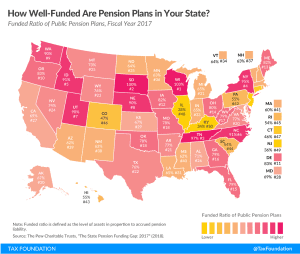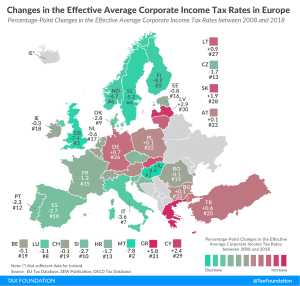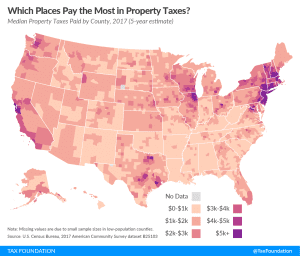
All Related Articles
1306 Results


Tax Expenditures Taken by Small Businesses in the Federal Tax Code
The expenditures offered to small businesses are not created equal. We review the tax expenditures small businesses rely on most.
3 min read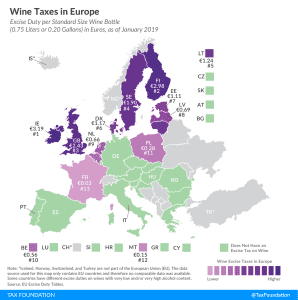
Wine Taxes in Europe
1 min read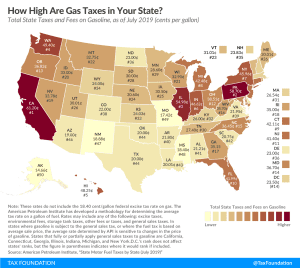
Gas Tax Rates by State, 2019
3 min read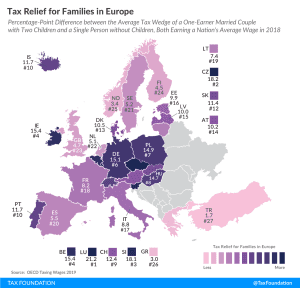
Tax Relief for Families in Europe
2 min read
Sales Tax Holidays by State, 2019
If a state must offer a “holiday” from its tax system, it is an implicit recognition that the state’s tax system is uncompetitive.
44 min read
A Preliminary Look at 2018 Tax Data
Initial 2018 IRS tax return data shows that the TCJA expanded the use of several credits and deductions, made the standard deduction more favorable than itemizing, reduced tax refunds, and lowered taxes for most Americans.
4 min read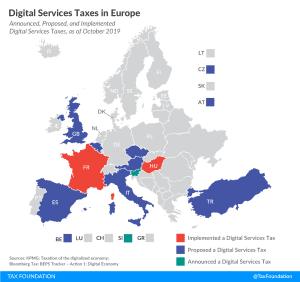
Digital Services Taxes in Europe, 2019
4 min read